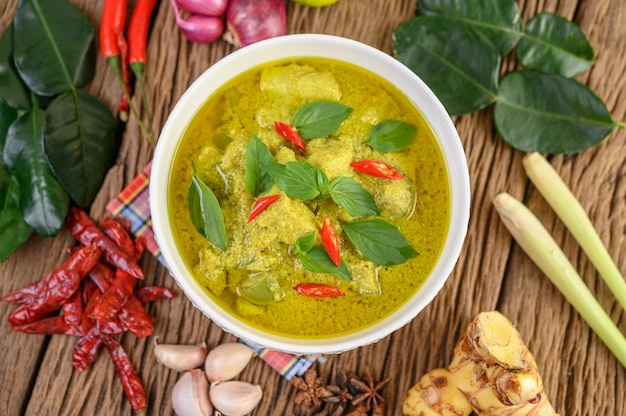
Kitchari, also known as khichdi or khichri, is a simple one-pot meal made with split mung beans, rice, and a variety of spices. It’s designed to be a nourishing dish that’s gentle on the digestive system. While we need various nutrients like fiber, protein, and fats, some foods can cause stomach issues. Kitchari stands out because it’s a traditional Ayurvedic dish believed to detoxify the body and balance the three doshas: Kapha, Vata, and Pitta.
This dish mixes split mung beans and white basmati rice with plenty of flavorful spices. It’s considered great for spiritual growth, gut health, and rejuvenation. Kitchari is not just comforting and easy to make, but it’s also affordable and nourishing. Ayurvedic medicine, a holistic healing tradition from India that’s over 5,000 years old, sees kitchari as a cleansing and detoxifying food. It helps align mind, body, and spirit, bringing balance and health back to your life. Kitchari is especially beneficial for the Pitta and Vata doshas, helping rid the body of toxins.
Kitchari works wonders for your digestive system. We all experience tummy troubles like gas, heartburn, nausea, or irregular bowel movements from time to time, usually indicating an imbalance. Eating kitchari can help reset digestion and provide nourishment for both body and mind.
Kitchari is excellent for detoxing and rejuvenating cells. It includes warming, detoxifying, and anti-inflammatory spices that are great for expelling toxins. The mung dal, with its astringent property, gently helps remove toxic build-up from the intestines, unlike harsher foods. Mung beans are known for eliminating toxins, including pesticides and insecticides, from the body.
This dish can also boost your internal fire, known as Agni, which is crucial for balanced digestion and metabolism. Agni is key to well-being in Ayurveda. Healthy Agni allows us to effectively digest and absorb nutrients, while weak Agni can lead to toxin build-up. Improving your metabolism can also aid in weight loss and fat burning.
The protein in kitchari helps stabilize blood sugar levels, boosting energy. Additionally, it contains enough carbs and calories to keep blood sugar steady and provide energy. The idea is to give your body easy-to-digest foods so that energy can be used elsewhere, particularly in fighting illnesses. Every ingredient in kitchari serves a healing purpose.
Kitchari also strengthens your immune system. Spices like turmeric, mustard seed, and cardamom act as immune boosters. Since a significant portion of our immune system resides in the gut, maintaining gut health is vital for overall health.
Here’s a simple Kitchari recipe:
– 1 teaspoon salt
– 1 teaspoon ground turmeric
– 1/4 teaspoon ground cloves
– 1/4 teaspoon ground black pepper
– 3/4 cup basmati or jasmine rice, rinsed
– 1 cup dried moong dal or red lentils, rinsed
– 4 cups vegetable broth
– 2 cups water
– 1 tablespoon coconut oil
– 2 teaspoons mustard seeds
– 1 teaspoon cumin seeds
– 1 yellow onion, diced
– 3 carrots, peeled and diced
– 1 tablespoon minced ginger
– 2 cloves garlic, minced
To prepare, warm the coconut oil in a sturdy pot over medium heat. Add mustard and cumin seeds and cook until the mustard seeds start popping, about 1 to 2 minutes. Stir in the ginger, onions, carrots, and garlic, cooking for about 5 minutes while stirring often to prevent burning.
Once the onions soften, add salt, turmeric, cloves, and black pepper, coating the veggies in spices. Then, mix in the rice, moong dal, vegetable broth, and water. Bring the mixture to a boil, then reduce the heat to low, cover, and let it simmer for about 20 minutes.
Check after 15 minutes to see if there’s still liquid in the pot. If it’s absorbed, add 1/2 to 1 cup of water and stir. Check if the rice is tender. If it’s too runny, simmer uncovered for a few more minutes. If too thick, turn off the heat, add 1/2 to 1 cup of water, and stir. Taste and adjust salt if necessary.
When ready to serve, divide into bowls, garnish with fresh cilantro, and add extra salt if desired.















